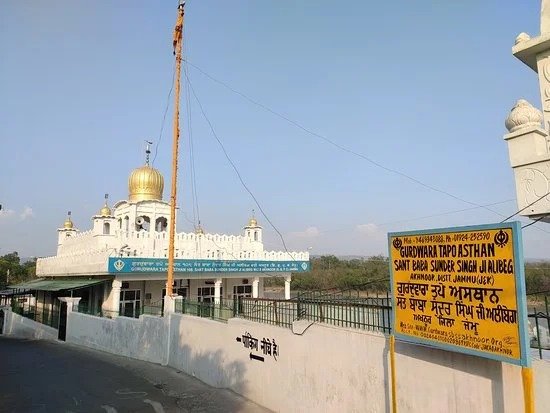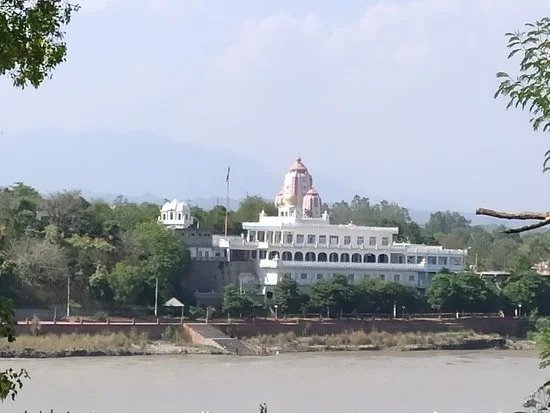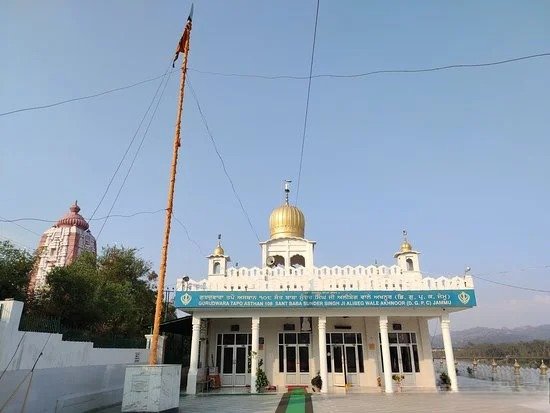Gurudwara Sunder Singh (Sunder Singh Road)
Gurdwara Sunder Singh, the oldest gurdwara in Jammu, holds significance for being the nerve centre for people escaping various conflict zones and seeking asylum.
The gurdwara, built on January 22, 1842, was a concerted effort of a trust constituted under the name of a Sufi saint Baba Sunder Singh of Ali Beigh, now in Pakistan, and is revered to be the oldest seat of obeisance for the Sikh community.
“Baba Sunder Singh Trust was formed in 1800 and an inn came into existence around 1825 where people used to take sojourns during their journey. Later, a gurdwara was built adjacent to the inn in 1842,” said Surdershan Singh Wazir, ex-president, Shiromani Gurdwara Parbandhak Committee, Jammu.
Being a heritage site and adjacent to Raghunath Temple, Jammu, the gurdwara holds another significance for being a shelter provider to the people escaping from different conflict zones in Jammu during the Maharaja period under the British regime.
Presently under repair as its lintel caved-in a few months back, the heritage symbol of Jammu is being taken full care of to uphold its pristine craftsmanship. The road on which the gurdwara is situated was later named as Sunder Singh road.
“Only the lintel is being repaired and complete care is being taken not to damage any part of the gurdwara that houses nearly 20 rooms which serve as an inn,” said Joginder Singh, head priest at Gurdwara Sunder Singh.
Adding to the history of the gurdwara, the head priest said three brothers Uttam Singh, Sohan Singh and Shram Singh who became the trustees of Baba Sunder Singh Trust later gave a fillip to the old gurdwara and expanded its boundary to add a few more rooms to accommodate more people.
He said in the pre-partition days, Baba Sunder Singh Gurdwara used to be a home to many people of the region who participated in langar-making and serving food to the pilgrims as well as shelter-seekers.
“Immediately after the partition in 1947, the gurdwara played an important part for being a sanctuary to people of all religions who sought refuge in it,” said Joginder Singh.
‘Om’, ‘Swastik’ insignias on front door













